Affordable Travel Destinations in Southeast Asia are actually all the spots in that part of the land but in this article, a handful of those destinations are here to be the Top 5 places with the highest convenience.
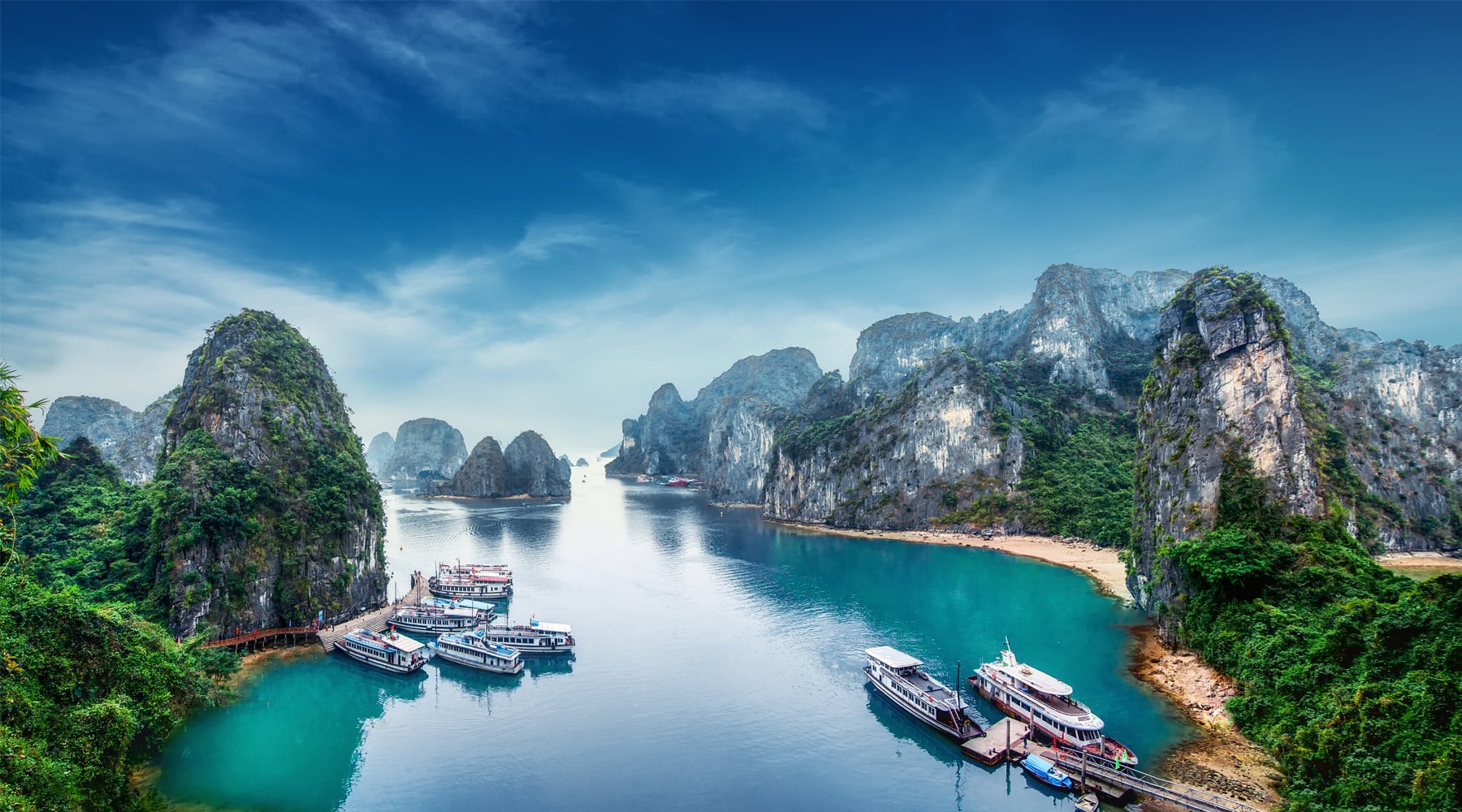

Affordable Travel Destinations in Southeast Asia are actually all the spots in that part of the land but in this article, a handful of those destinations are here to be the Top 5 places with the highest convenience.
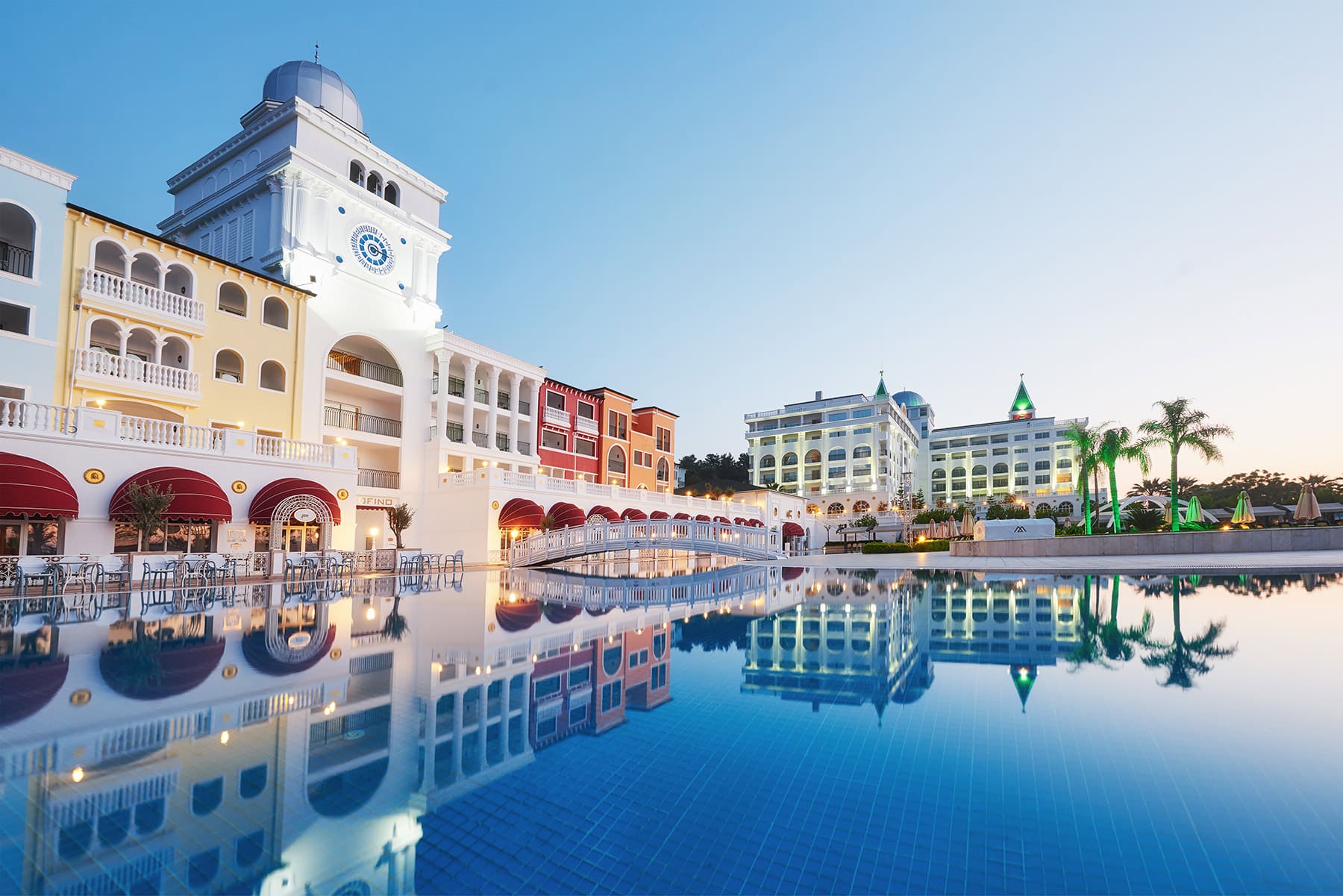
Discover top hotel brans in the world and learn why we believe these hotel brands are the best worldwide.
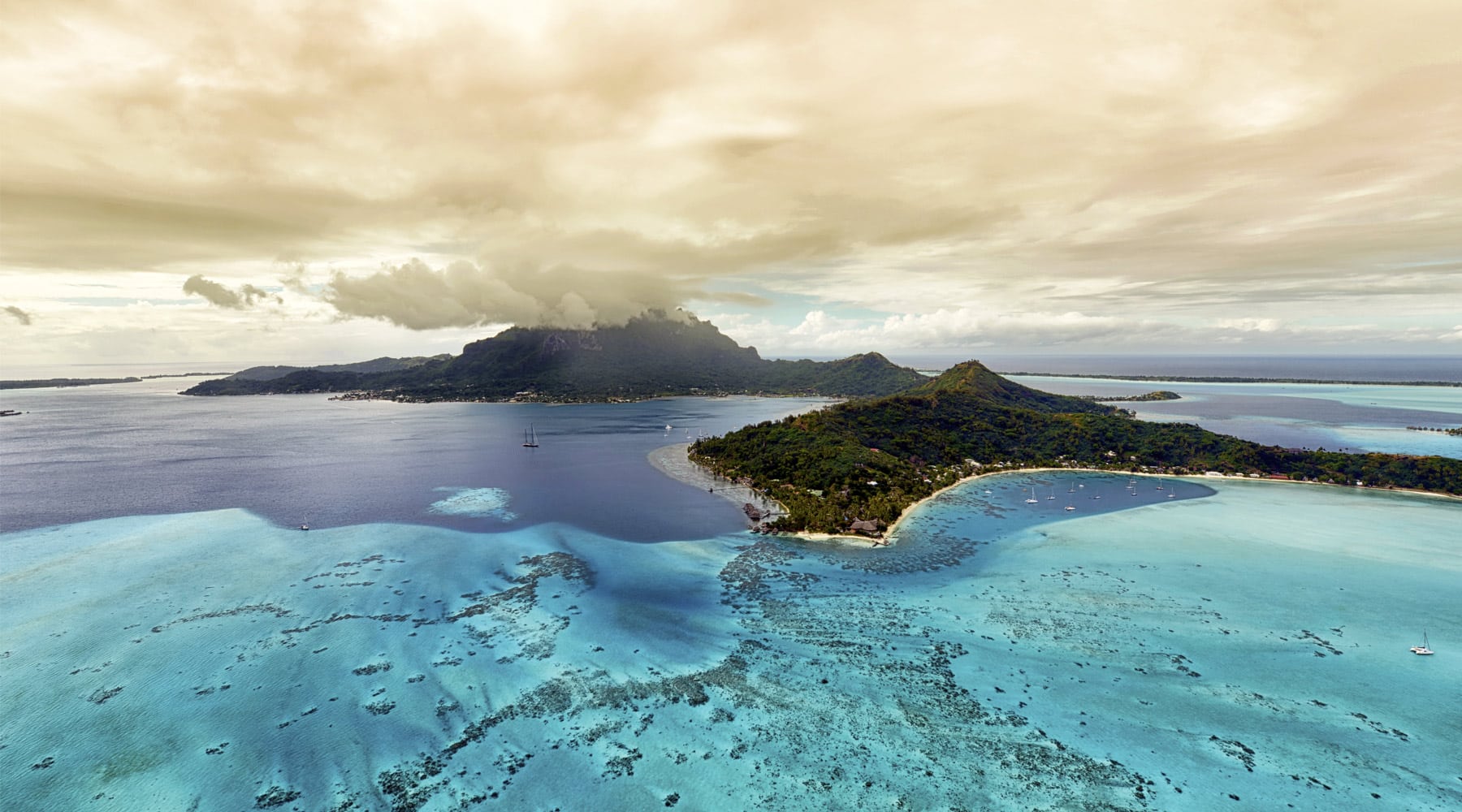
25 Most Beautiful Islands in the World are listed here to show a bit of the beauty of the world. these islands are the ones in which calmness and adventure agree to offer the best services.

Chau Doc Market, aka the “kingdom of fermented fish”, is an ancient market in Vietnam. There is also a floating market with the same name in the same location.
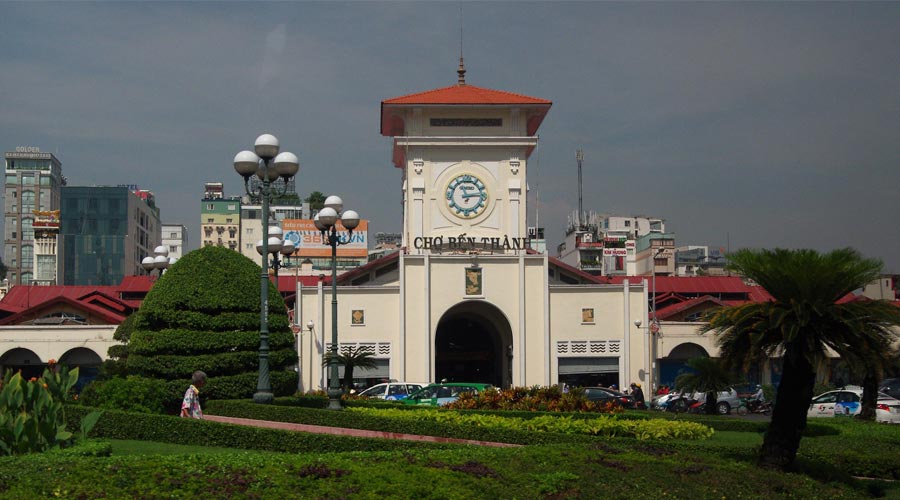
Ben Thanh Market (Chợ Bến Thà nh) is a beautiful market located in District 1 of Ho Chi Minh City that is great for buying Vietnamese handicrafts, art, etc.
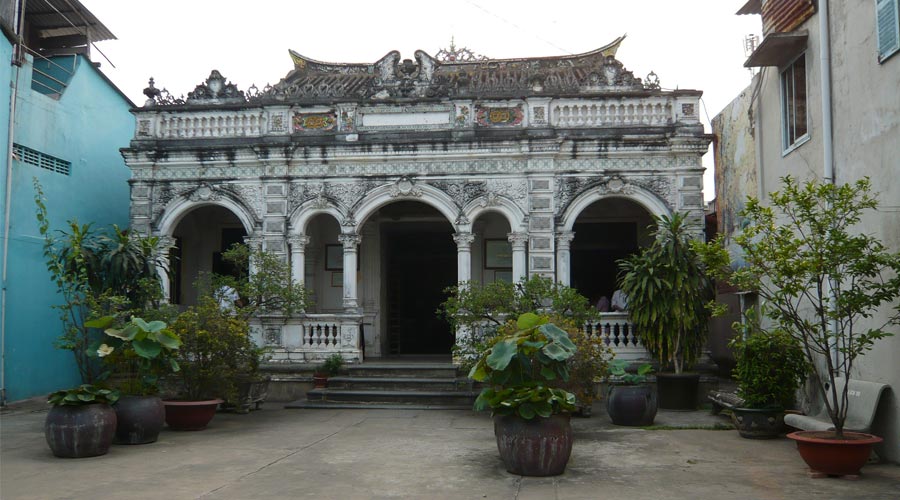
Huynh Thuy Le Ancient House is a beautiful historic construction built by Mr. Huynh Cam Thuan, the father of Huynh Thuy Le located in Sa Dec town in Vietnam.

let’s see the Top 10 best safari destinations in the world in which wildlife and nature show their true face to you. Africa has the most amazing safari destinations and here we made an array of the top 10 safari destinations in the world to have a glimpse of that beauty and immensity.
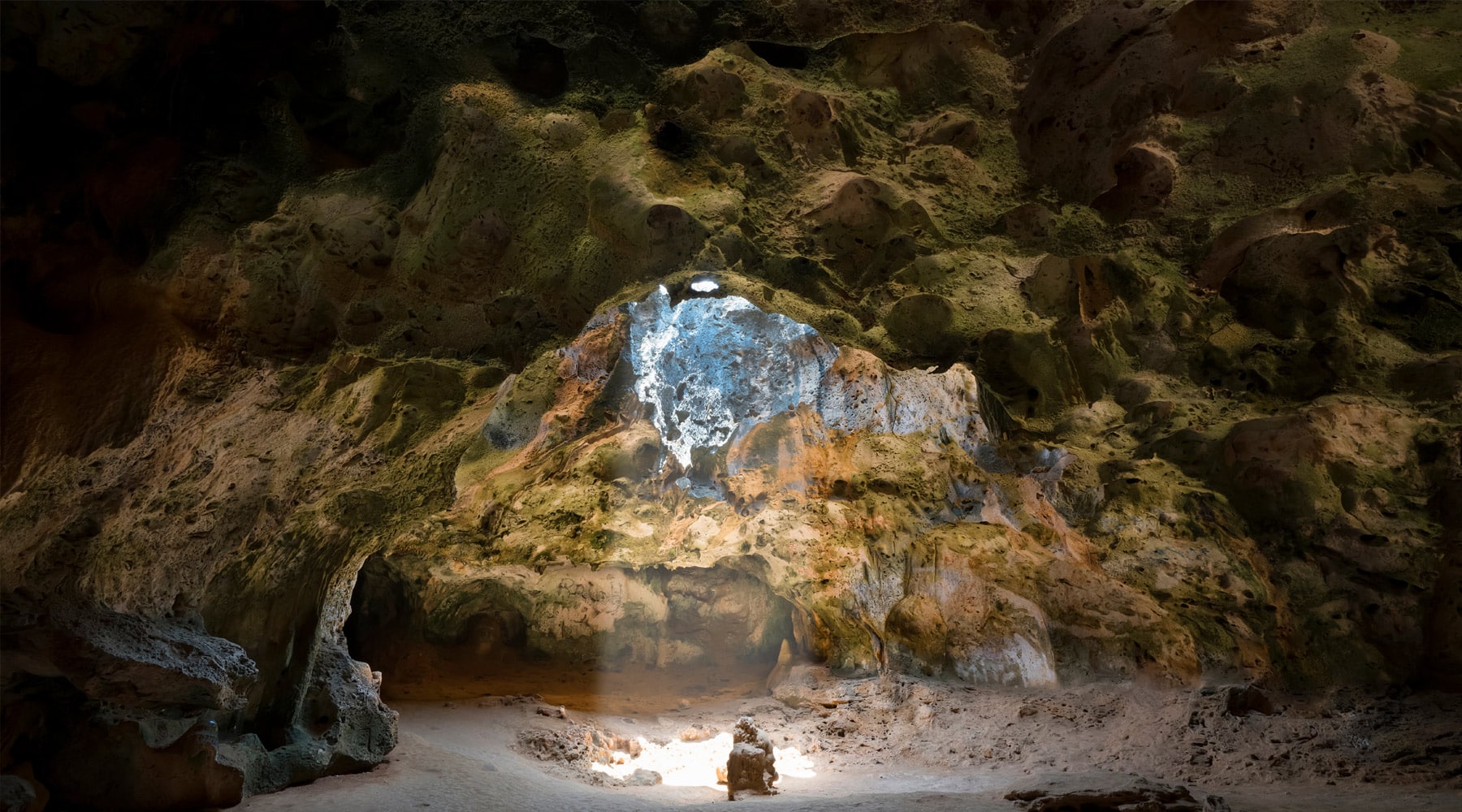
The best caves in the world used to be home for humans in the past. those shelters and home sweet homes of that age are wonders of the world these days and many people like to see them.

Pandas in Chengdu are kept in several centers including Dujiangyan Panda Base, Chengdu Giant Panda Breeding Center, and Wolong Panda Center.
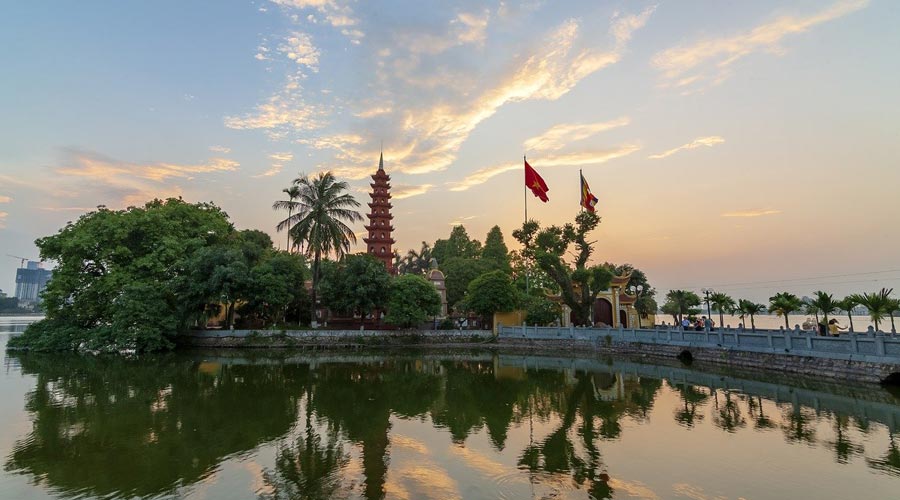
Tran Quoc Pagoda is the oldest temple in Vietnam dating back to over 1500 years ago during the rule of Emperor Ly Nam located on an island in the West Lake.